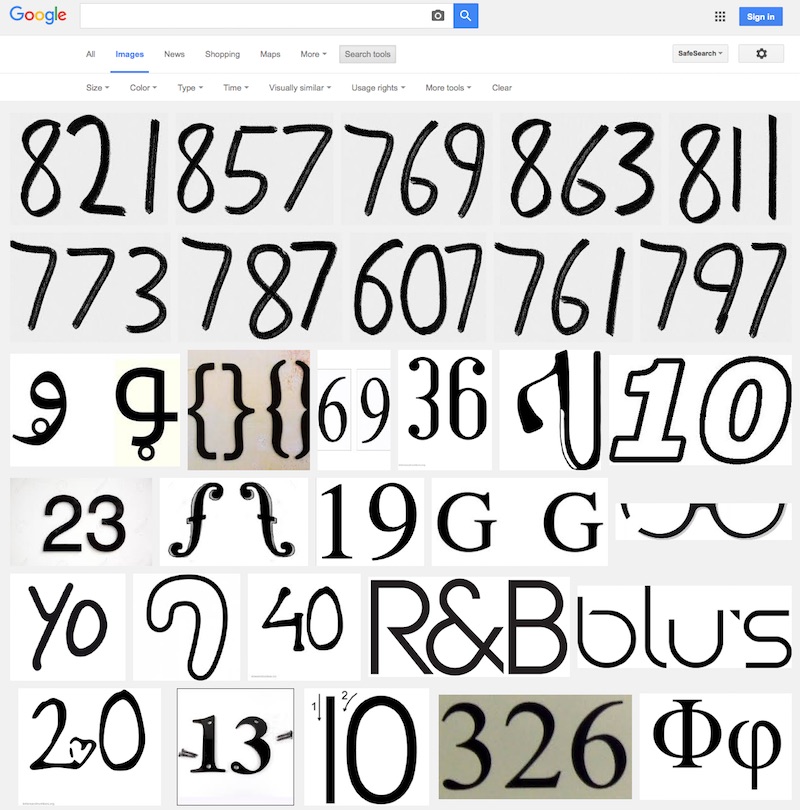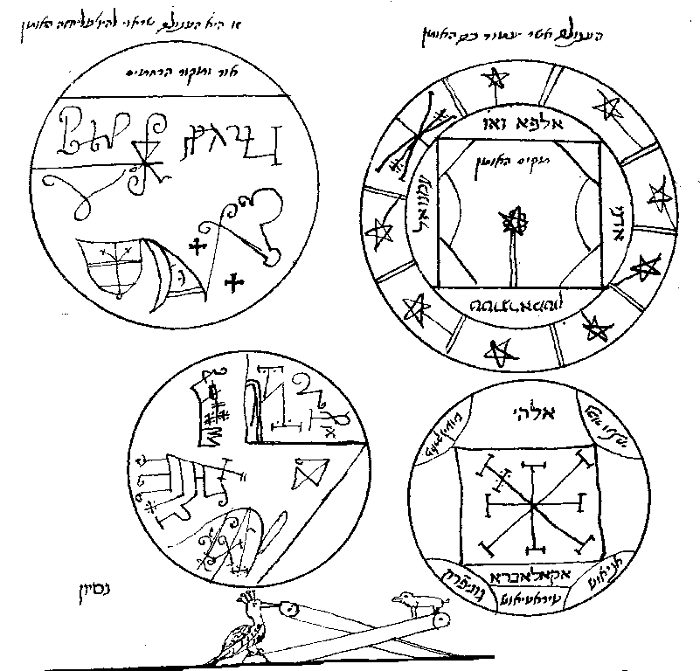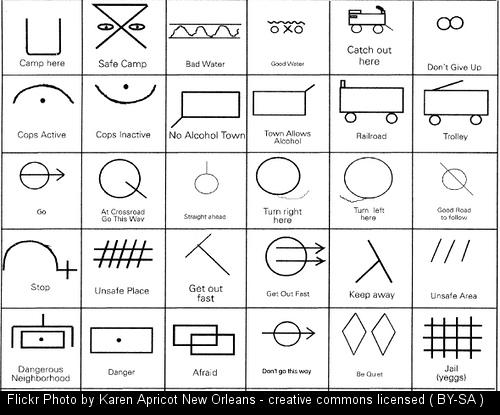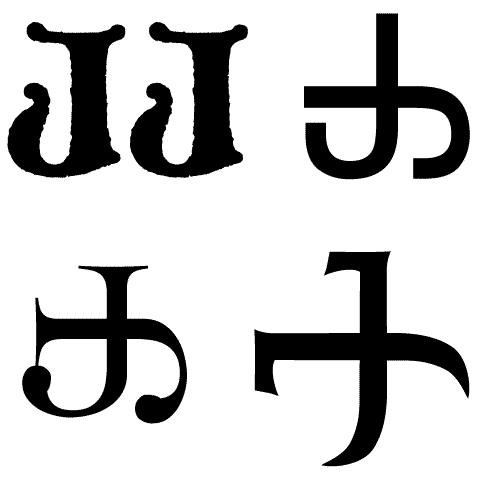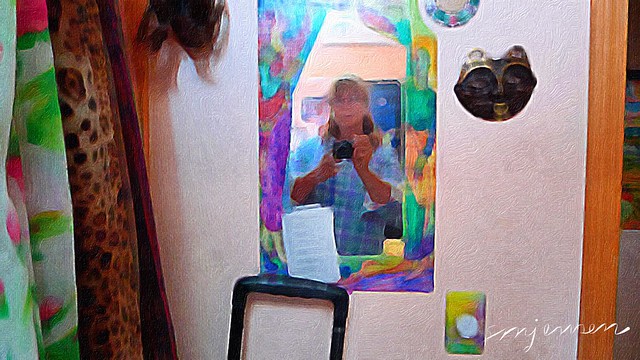I did manage a couple of daily creates this week but my hold on the ds106 stream is pretty tenuous. Given the public commitment to Art on the Couch last week both here an on The DS106 Good Spell I clicked the random button a few time this morning until I got my first visual image. This is it:
Daily Create 2 – Susan V. Laws
Again I can’t see any license on the image so you will have to head over to the link to see it.
1. What stands out the most when you first see it?
The Rotated S
2. Explain the reason you notice the thing you mention in number 1.
It is quite an organic line, it immediately reminded me of a river on a map.
3. As you keep looking, what else seems important?
The background colour and grid.
4. Why does the thing you mention in number 3 seem important.
This reinforces the idea of a map for me. Although the scale would be off it it was a map unless the river was very broad.
5. How has contrast been used?
The nature of the assignment, creation of a cattle brand leads to a very strong contrast indeed. There is also a contrast between the curves of the s and the straight lines of the L. The L becomes imposed on the S perhaps.
6. What leads your eye around from place to place?
The lines. There is not much else to follow. The longer I look at it the more I feel the tension between the straight and the curves.
7. What tells you about the style used by this artist?
The lines are very strong the occasional kinks are surprising.
8. What seems to be hiding in this composition and why?
When I first saw the image I was immediately reminded of something, but could not quite put my finger on it. I search on google for similar images unsurprisingly brought up mostly typographical ones.
This then brought to mind occult symbols:
a group of pentacles from the Hebrew manuscript (BL Oriental 14759, fol. 35a) By Anonymous – [1], Public Domain,
And the language of hobos and tramps:
Hobo signs Karen Apricot CC BY
Both of these types of image are secret languages, they give hints of something behind, just out of touch. Is this a map of a secret language.
9. Imagine the feelings and meanings this artwork represents?
A brand has quite negative connotations. Here a painful reminder of ownership. In other contexts a marketing tool. Here the L seems to cut across and stamp the more natural S.
In a western context we are aware of the history of the west, a series of impositions on the natural environment. We have the idea of the ‘original’ Native Americans working with the land as ‘part of the natural landscape’. This was followed by ranching which was then fenced in by farmers.
I know this is a pretty sketchy overview gleaned from various poorly remembered western movies I watched as a child, the short story Shane that was one of my favourites aged 10 and Bury My Heart at Wounded Knee a few years later.
10. What other titles could you give this artwork?
Cutting Across, Imposition or Squaring the river, Yin and Yang go West.
11. What other things interest you about this artwork?
I am guessing that this was made on a phone. I didn’t do this daily create, but assumed that most folk would use fonts. I am presuming that this was made on a phone, with an app that straightens drawings out a bit.
Late Create
I was planning to do this one, but didn’t get round to it, mine would have been the double-J. Perhaps like this:
Thanks to Susan for providing me with an hour or two’s musings. And to Mariana for gathering and suggesting the questions.
